Weak AI and Strong AI
Both Weak AI and Strong AI are important concepts for understanding artificial intelligence. Weak AI already exists in everyday life, with specific applications such as virtual assistants, recommendation systems, or self-driving cars, delivering high efficiency in specialized tasks.
Understanding AI Classification: Weak vs Strong Intelligence
AI (Artificial Intelligence) can be divided into two main types: Weak AI and Strong AI. By definition, Weak AI (also known as Narrow AI – Artificial Narrow Intelligence) is a system designed to perform a specific, narrow task. In contrast, Strong AI (also called General AI – Artificial General Intelligence) refers to an ideal system capable of handling any intellectual task like a human.
Narrow Intelligence
- Task-specific performance
- Data-driven learning
- Algorithm-based responses
General Intelligence
- Human-like reasoning
- Cross-domain flexibility
- Independent learning
The fundamental difference is that ideal Strong AI can learn, reason, and apply knowledge flexibly across many fields like humans, while Weak AI only operates effectively within the narrow scope it was programmed for. Currently, all practical AI applications belong to the Weak AI category; Strong AI remains in the research phase and mainly theoretical.
What is Weak AI? Key Characteristics
Weak AI (Artificial Narrow Intelligence) is the most common form of artificial intelligence today. These systems are trained and programmed to perform specific tasks such as image recognition, voice processing, or template-based consulting.
Task Specialization
Focuses only on specific, predefined tasks with exceptional performance in narrow domains.
- Autonomous driving systems
- Medical diagnosis tools
- Customer service chatbots
Data-Driven Learning
Uses machine learning and deep learning to analyze datasets and identify patterns.
- Pattern recognition from training data
- Predictive analytics
- Limited to provided information
No Consciousness
Simulates intelligence through algorithms without self-awareness or understanding.
- Algorithm-based responses
- No genuine comprehension
- Lacks human-like perception
Limited Capability
Cannot adapt to contexts outside its programmed scope or solve unrelated problems.
- Single-task excellence
- No cross-domain transfer
- Rigid operational boundaries
Weak AI is defined as a narrow artificial intelligence system dedicated to specific tasks. It performs well only within a narrow scope and cannot exceed the limits of its assigned tasks.
— VNPT AI Research
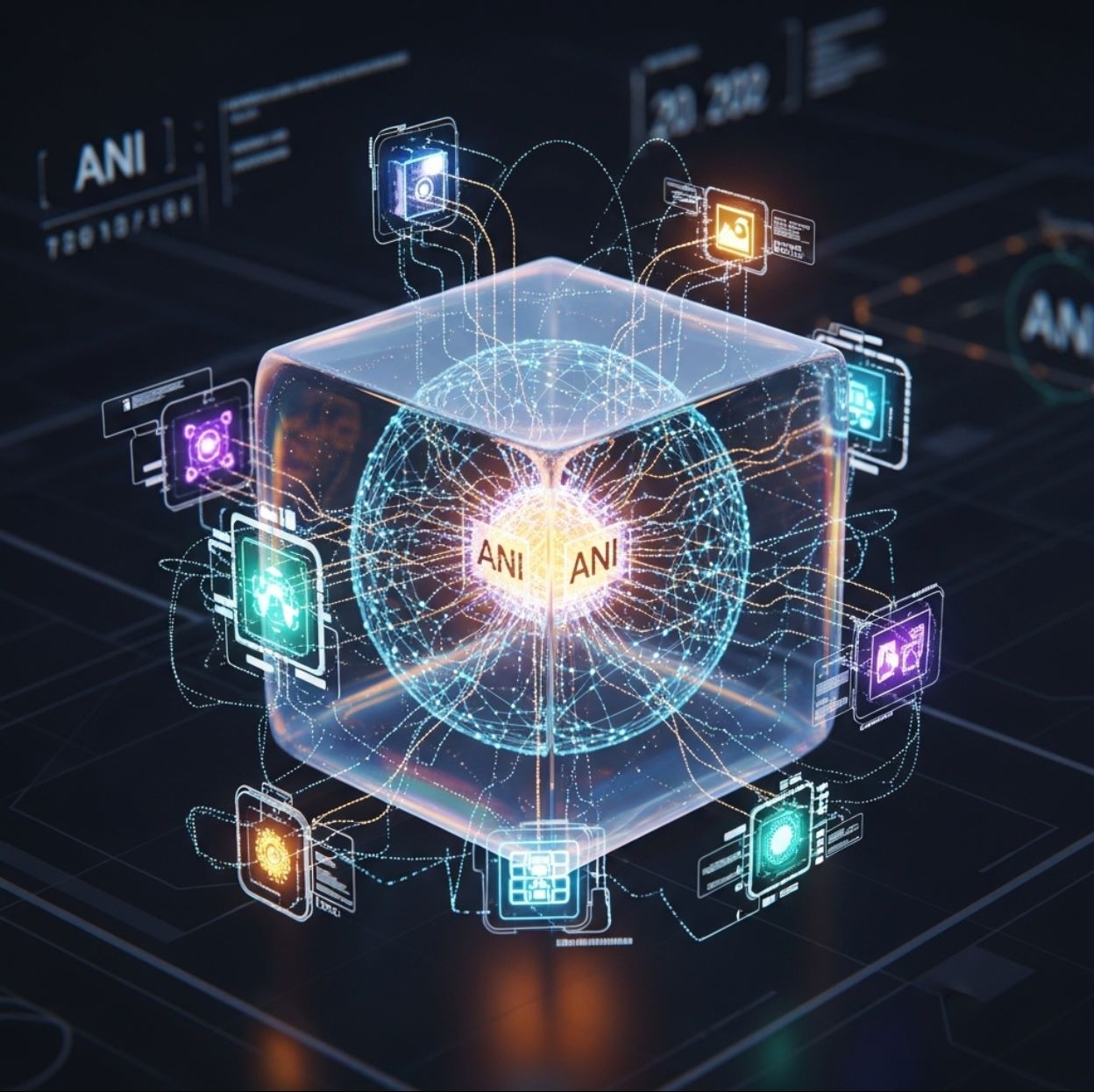
Applications of Weak AI
Currently, most AI applications around us are Weak AI. These systems have already transformed multiple industries through specialized intelligence applications.
Virtual Assistants
Recommendation Systems
Computer Vision
Natural Language Processing
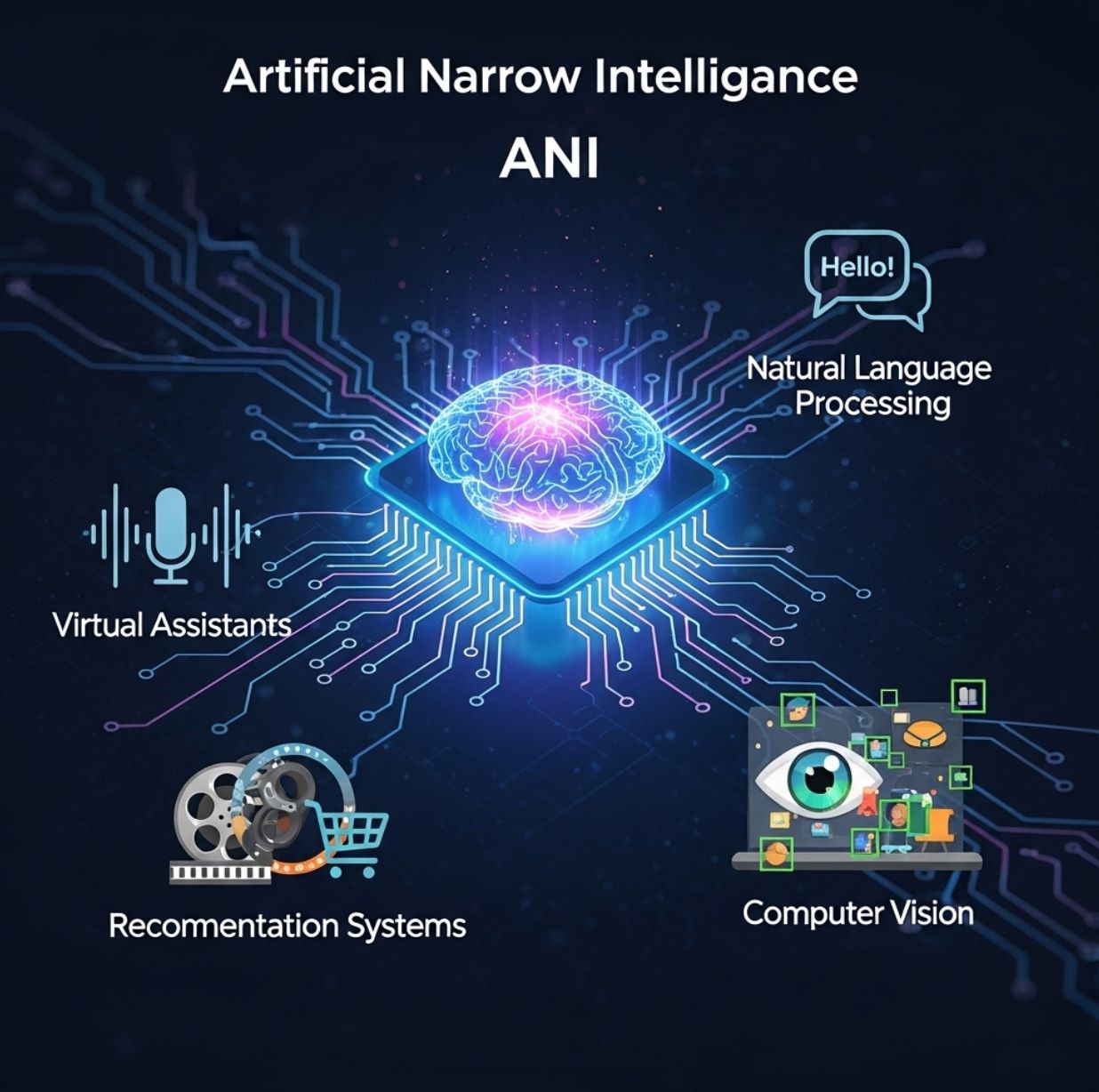
What is Strong AI?
In contrast to Weak AI, Strong AI (Artificial General Intelligence – AGI) refers to AI systems with general intelligence similar to humans. This is a theoretical type of artificial intelligence capable of performing any intellectual task that a human can do.
General Intelligence
Applies knowledge across various situations without specific programming.
- Cross-domain reasoning
- Flexible problem-solving
- Adaptive learning
Human-like Capabilities
Reason, plan, make decisions, and adapt in new circumstances.
- Independent decision-making
- Creative problem-solving
- Contextual understanding
Continuous Learning
Self-improve and develop new solutions for unprecedented situations.
- Experience-based learning
- Knowledge synthesis
- Innovation capability
AGI is a system capable of operating and processing like a human—able to learn, solve problems, and adapt similarly to natural intelligence.
— Built In Research
The concept of Strong AI is often associated with Artificial General Intelligence (AGI). If a true AGI system were to exist, it could solve urgent global issues by scanning all information on the Internet—an example illustrating the vast potential of Strong AI.
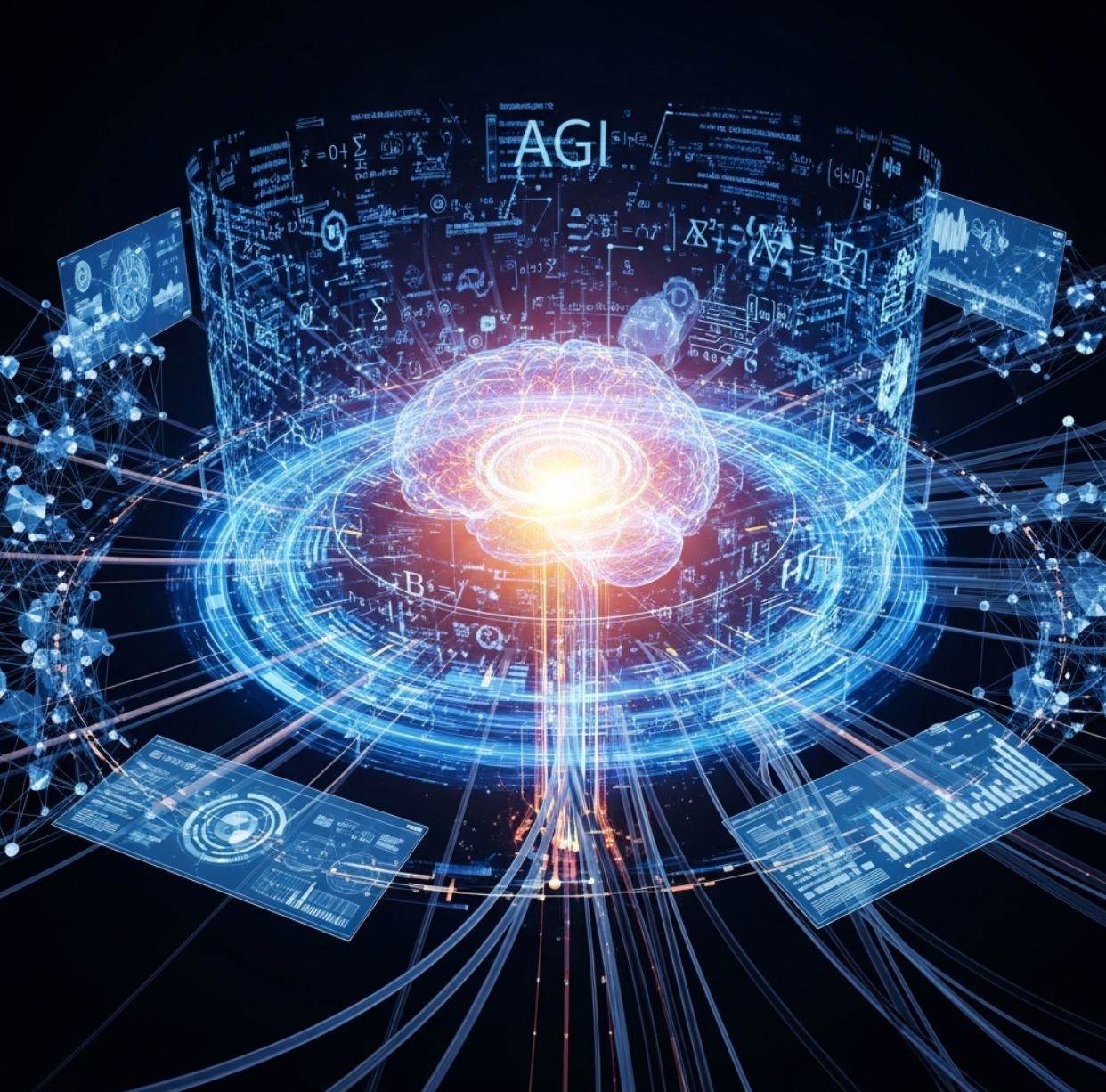
Potential and Future Applications of Strong AI
Although Strong AI is not yet realized, many studies and forecasts suggest fields it could revolutionize through general intelligence capabilities.
Healthcare Revolution
Strong AI could automatically diagnose complex diseases and propose personalized treatment plans based on comprehensive patient data, including genetics, medical history, and lifestyle.
- Comprehensive patient analysis
- Personalized treatment protocols
- Accelerated drug development
- Predictive health monitoring
Financial Intelligence
Strong AI could analyze global markets in real-time, considering economic, political, social factors, and natural disasters for comprehensive market prediction.
- Real-time global market analysis
- Multi-factor risk assessment
- Predictive market modeling
- Automated investment strategies
Personalized Education
Strong AI could personalize learning paths for each student, monitor progress, and adjust teaching methods to suit individual abilities and needs.
- Customized learning programs
- Real-time progress monitoring
- Adaptive teaching methods
- Individual strength optimization
Scientific Research
Strong AI could synthesize knowledge from all fields to find solutions for global challenges like climate change, pandemics, or clean energy.
- Cross-disciplinary knowledge synthesis
- Global challenge solutions
- Accelerated discovery processes
- Comprehensive data analysis
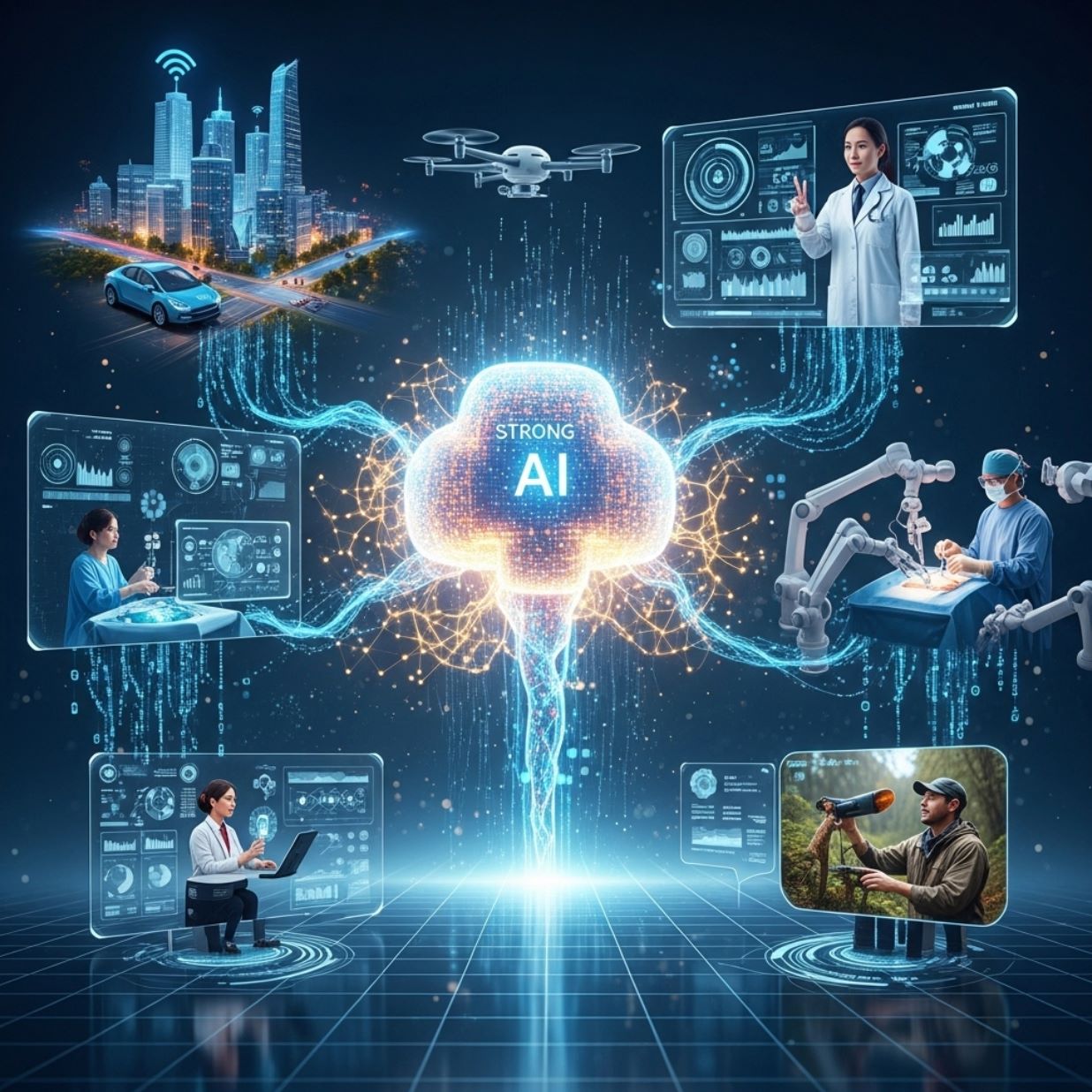
Key Takeaways: Weak AI vs Strong AI
Weak AI Applications
- Virtual assistants
- Recommendation systems
- Self-driving cars
- High task-specific efficiency
Strong AI Vision
- Human-like intelligence
- Self-learning capability
- Cross-domain thinking
- Revolutionary potential
Weak AI and Strong AI are both important concepts for understanding artificial intelligence. Weak AI already exists in daily life, with specific applications such as virtual assistants, recommendation systems, or self-driving cars, delivering high efficiency in specialized tasks.
Meanwhile, Strong AI remains an unachieved goal, aiming to build "human-like intelligence" machines capable of self-learning and thinking broadly. Currently, all practical AI systems belong to Weak AI.
Understanding the concepts and applications of these two AI types helps us steer technological development more cautiously and effectively, ensuring responsible advancement toward artificial general intelligence.



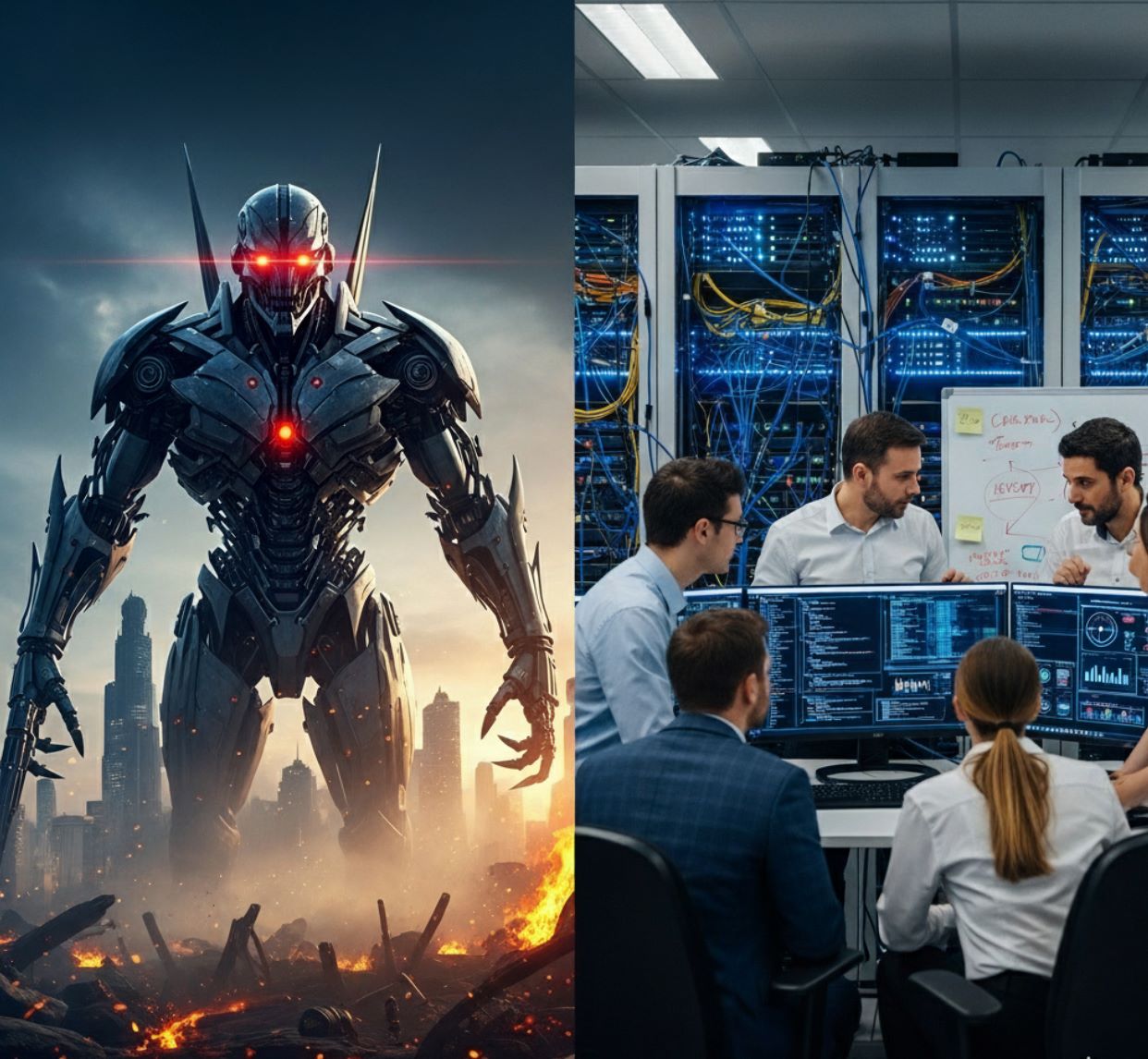
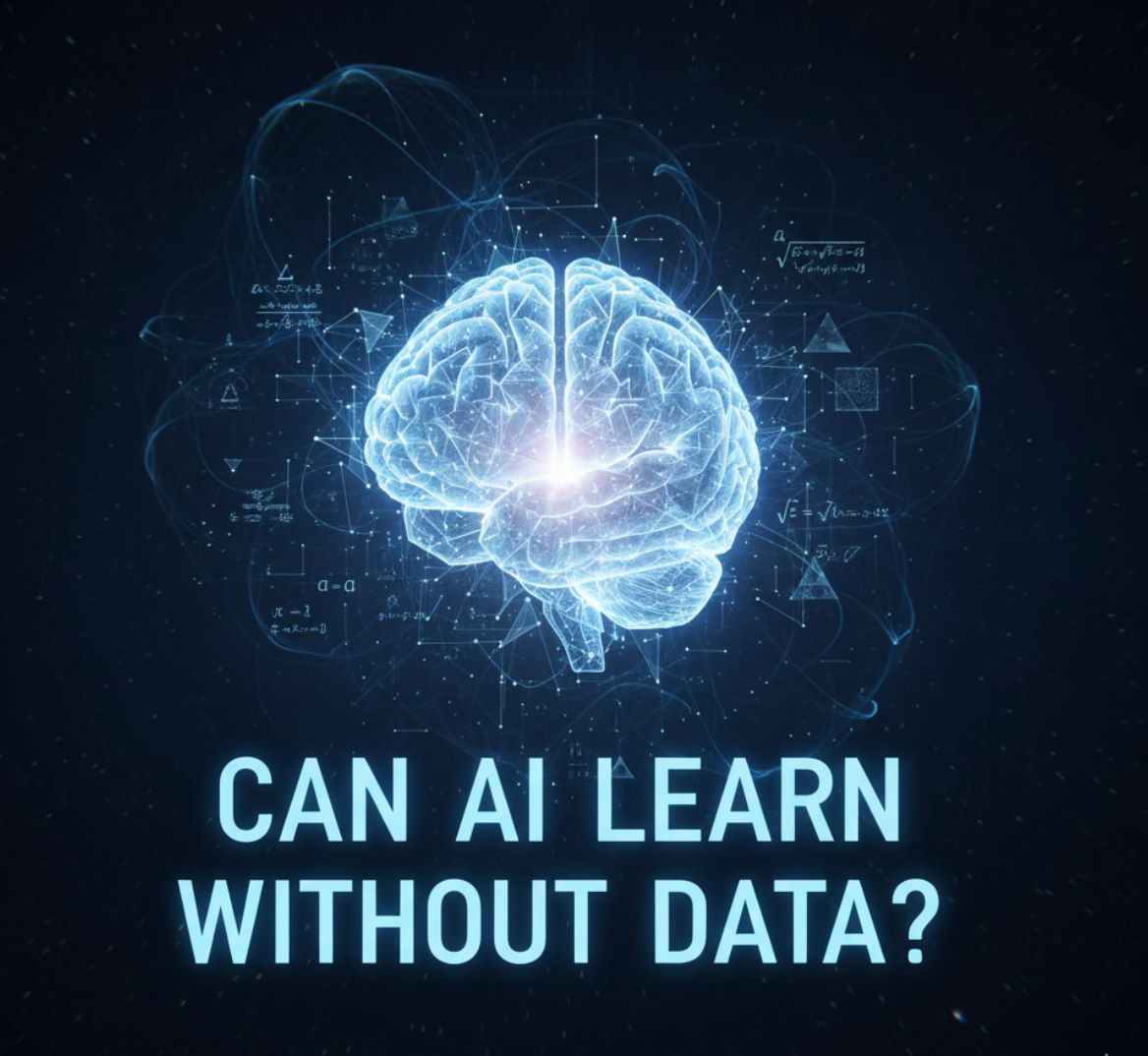
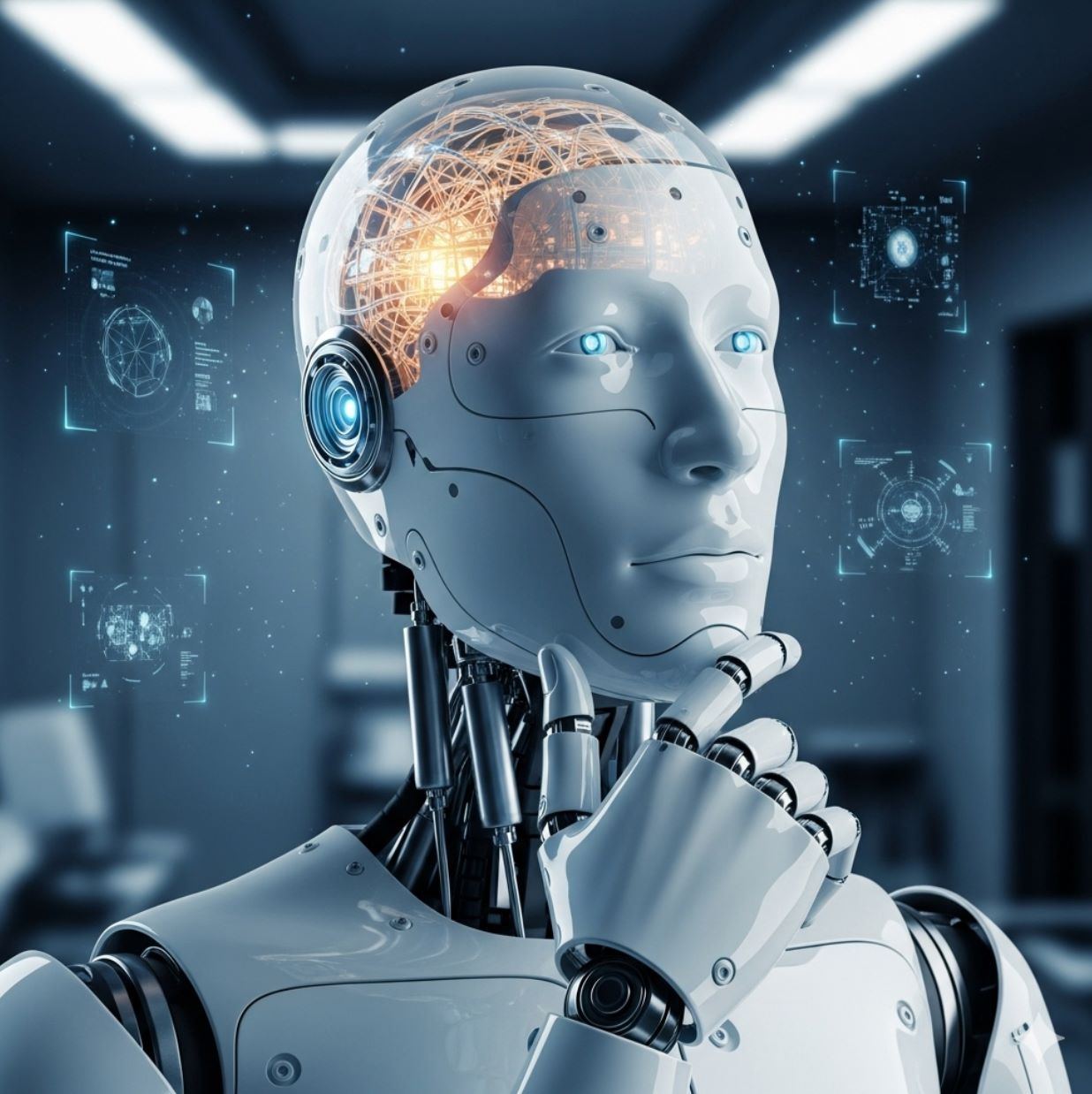
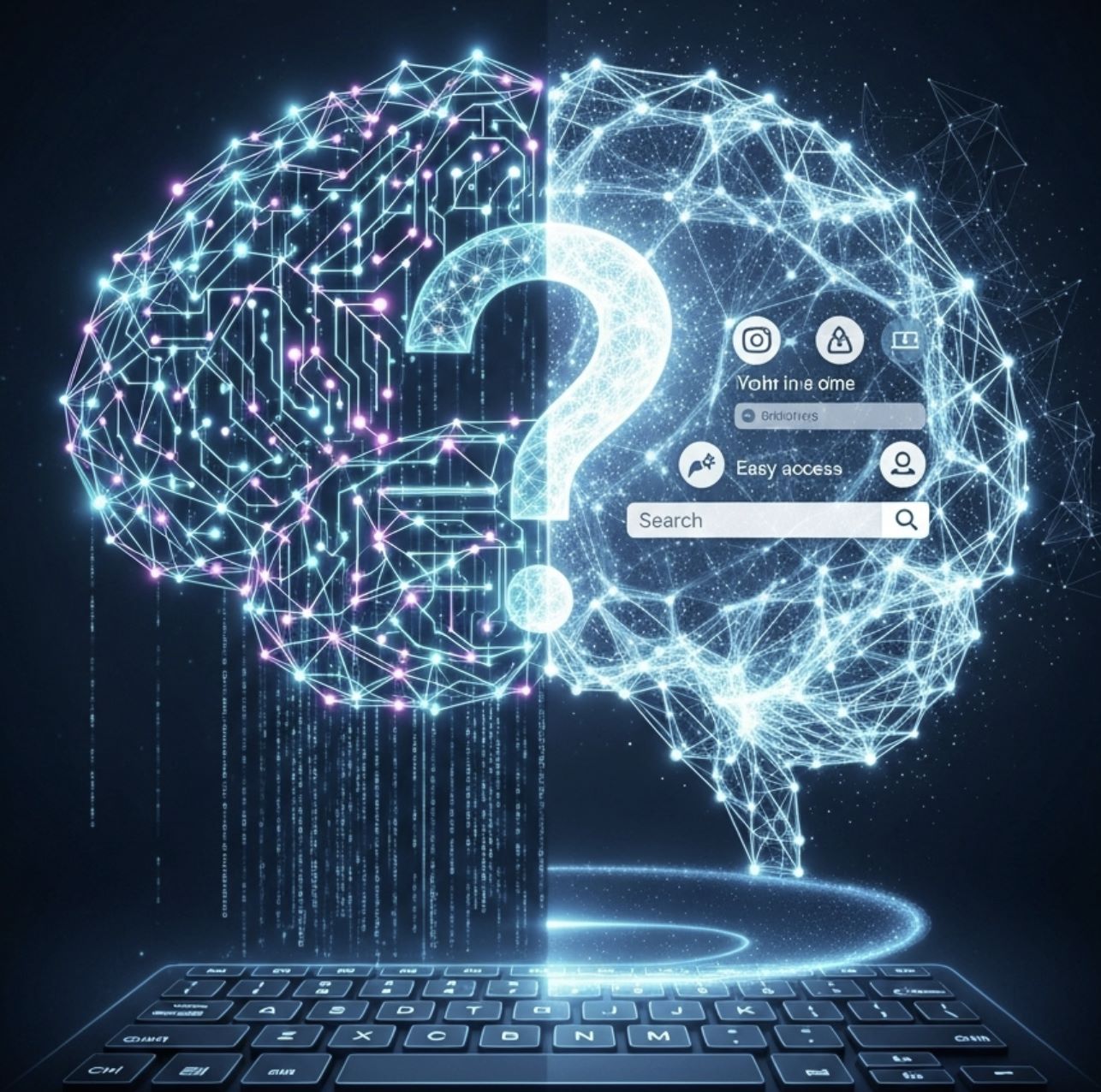
Comments 0
Leave a Comment
No comments yet. Be the first to comment!